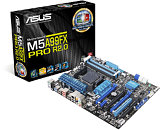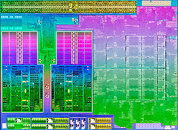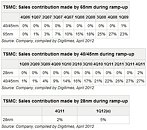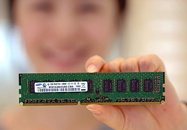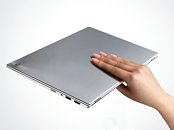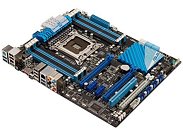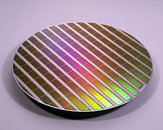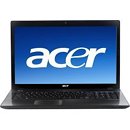Taiwan Dominates Global AI Server Supply - Government Reportedly Estimates 90% Share
The Taiwanese Ministry of Economic Affairs (MOEA) managed to herd government representatives and leading Information and Communication Technology (ICT) industry figures together for an important meeting, according to DigiTimes Asia. The report suggests that the main topic of discussion focused on an anticipated growth of Taiwan's ICT industry—current market trends were analyzed, revealing that the nation absolutely dominates in the AI server segment. The MOEA has (allegedly) determined that Taiwan has shipped 90% of global AI server equipment—DigiTimes claims (based on insider info) that: "American brand vendors are expected to source their AI servers from Taiwanese partners." North American customers could be (presently) 100% reliant on supplies of Taiwanese-produced equipment—a scenario that potentially complicates ongoing international tensions.
The report posits that involved parties have formed plans to seize opportunities within an evergrowing global demand for AI hardware—a 90% market dominance is clearly not enough for some very ambitious industry bosses—although manufacturers will need to jump over several (rising) cost hurdles. Key components for AI servers are reported to be much higher than vanilla server parts—DigiTimes believes that AI processor/accelerator chips are priced close to ten times higher than general purpose server CPUs. Similar price hikes have reportedly affected AI adjacent component supply chains—notably cooling, power supplies and passive parts. Taiwanese manufacturers have spread operations around the world, but industry watchdogs (largely) believe that the best stuff gets produced on home ground—global expansions are underway, perhaps inching closer to better balanced supply conditions.
The report posits that involved parties have formed plans to seize opportunities within an evergrowing global demand for AI hardware—a 90% market dominance is clearly not enough for some very ambitious industry bosses—although manufacturers will need to jump over several (rising) cost hurdles. Key components for AI servers are reported to be much higher than vanilla server parts—DigiTimes believes that AI processor/accelerator chips are priced close to ten times higher than general purpose server CPUs. Similar price hikes have reportedly affected AI adjacent component supply chains—notably cooling, power supplies and passive parts. Taiwanese manufacturers have spread operations around the world, but industry watchdogs (largely) believe that the best stuff gets produced on home ground—global expansions are underway, perhaps inching closer to better balanced supply conditions.



















